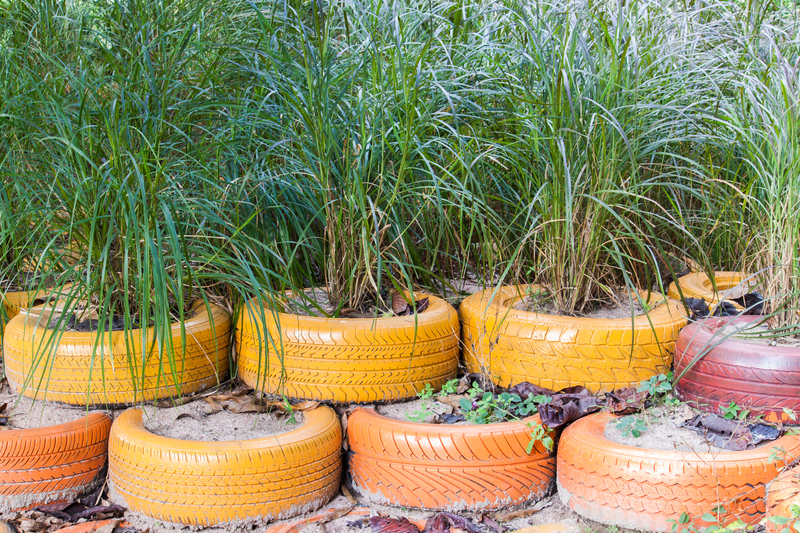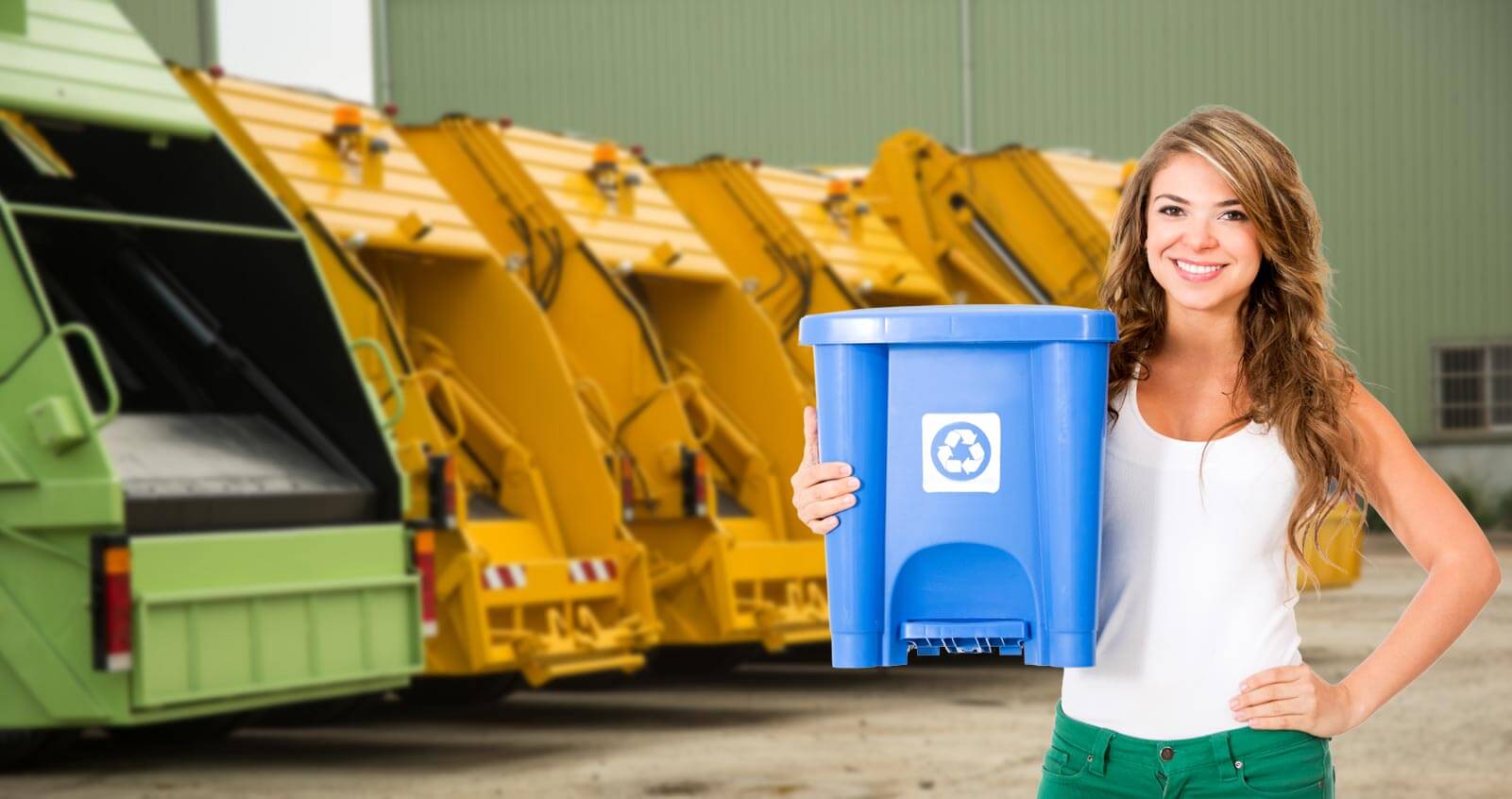Novel Uses for Broken Concrete
Posted on 14/08/2024
Concrete is one of the most ubiquitous materials used in construction, owing to its incredible strength and versatility. But what happens when this concrete becomes obsolete or broken? Instead of simply disposing of it, there are numerous innovative applications for broken concrete that can help to repurpose and recycle this material in environmentally friendly ways. In this article, we'll explore some novel uses for broken concrete, discussing both the advantages and drawbacks of each, along with tips and key takeaways.
1. Pathways and Driveways
Broken concrete can be used to create visually interesting and durable pathways and driveways. By arranging the pieces in a mosaic pattern and filling the gaps with gravel, sand, or even small plants, you can achieve a rustic or contemporary look that is both functional and aesthetically pleasing.

2. Retaining Walls
Retaining walls are essential for managing soil erosion and creating level spaces in uneven terrain. Broken concrete can serve as a cost-effective and sturdy alternative to traditional retaining wall materials. By stacking the pieces strategically, you can build a wall that is not only strong but also visually appealing.
3. Raised Garden Beds
For those with a green thumb, broken concrete provides an excellent material for constructing raised garden beds. The concrete pieces can be stacked to create walls that contain soil, allowing for better drainage and root growth. These beds are also highly durable and can withstand the elements for many years.
4. Gabion Walls
Gabion walls are wire cages filled with rocks or other materials and used in landscaping and civil engineering. Broken concrete can be an ideal filling material for gabions, offering a unique aesthetic and excellent structural integrity. These walls are great for erosion control, sound barriers, and even decorative features.
5. Decorative Features
Broken concrete can be repurposed into various decorative features, such as garden sculptures, water fountains, or seating areas. With a bit of creativity and some DIY skills, you can transform what might seem like rubble into a stunning focal point for your garden or outdoor space.
6. Sub-Base Material
For those involved in larger landscaping projects, broken concrete can be used as a sub-base material. When crushed into smaller pieces, it forms an ideal foundation for pouring new concrete or laying asphalt, providing stability and reducing the need for additional materials.
Pros and Cons
Pros
- Cost-Effective: Utilizing existing materials can significantly lower project costs.
- Durable: Concrete is inherently strong and long-lasting.
- Versatile: Can be used in various applications from pathways to garden beds.
Cons
- Labor-Intensive: Arranging and handling broken concrete can be more labor-intensive compared to using new materials.
- Uneven Shapes: Broken pieces may not always fit perfectly together, requiring additional effort for a clean finish.
- Potentially Hazardous: Sharp edges can pose a risk during handling and installation.
Tips
- Wear protective gear such as gloves and safety glasses when handling broken concrete to avoid injuries.
- Plan your project thoroughly, considering the size and shape of the concrete pieces.
- Use a strong adhesive or filler to bind pieces together securely in decorative projects.
- Consider renting professional tools like a concrete saw if you need to shape the pieces further.

Takeaways
- Broken concrete can be repurposed in a variety of creative and functional ways.
- Its durability and strength make it an excellent material for many applications.
- Proper planning and safety measures are essential when working with broken concrete.
Conclusion
Repurposing broken concrete is more than just an environmentally friendly practice; it opens up a wealth of possibilities for creative and practical applications. From pathways and driveways to garden beds and decorative features, broken concrete provides an opportunity to innovate and reduce waste. While there are some challenges involved, the benefits far outweigh the drawbacks, making it a viable option for a variety of projects. By considering the tips and key takeaways outlined in this article, you can effectively repurpose broken concrete in your next project.




